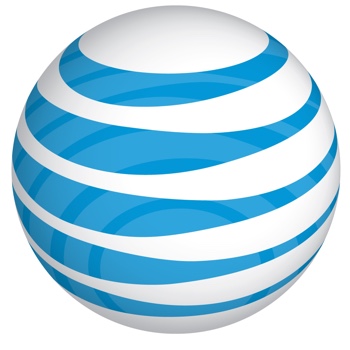If you’re a grandfathered AT&T unlimited data customer who still uses the original 2G-connected iPhone, this is just not your month. The wireless carrier has shut off the 2G network used by the original iPhone and other smartphones created 10 years ago.

The 2G shutdown has been planned for a few years at this point, and judging by the lack of outcry when the network stopped working over two weeks ago, it doesn’t seem to have had a huge impact in today’s world of 3G and LTE networks. AT&T notes that the 2G shut down will free up resources and spectrum bandwidth for the network to use for future rollouts of more advanced wireless solutions like 5G down the line, which is probably a good thing.
The actual turnoff date for the AT&T 2G network was January 1st, and if you haven’t noticed it by now, you either have either moved onto a more modern device, like an iPhone 7, or you’re still waiting for an app download to finish that you began 9 years ago.
The original iPhone was released in the summer of 2007, and replaced by the iPhone 3G in 2008. Apple declared the original iPhone obsolete back in 2013, and the device hasn’t received an operating system update since 2009’s iOS 3.
Despite advanced warning of the shutdown of AT&T’s 2G network, some users, such as the San Francisco Muni bus and train system, apparently refused to believe the carrier would ever do such a thing. MacRumors reports NextMuni, the system used to predict arrival times of buses and trains, ran on AT&T’s 2G network. Muni vehicles that don’t have an upgraded system installed don’t show up on NextMuni. The system says the issue may take weeks to solve. (Oh, if only there had been some kind of advanced warning, like a notice, or something…)
AT&T says that by shutting down the 2G network, it frees up valuable space on the wireless spectrum, allowing its use for future technologies, such as 5G. Currently, AT&T will use it for LTE bandwidth.


